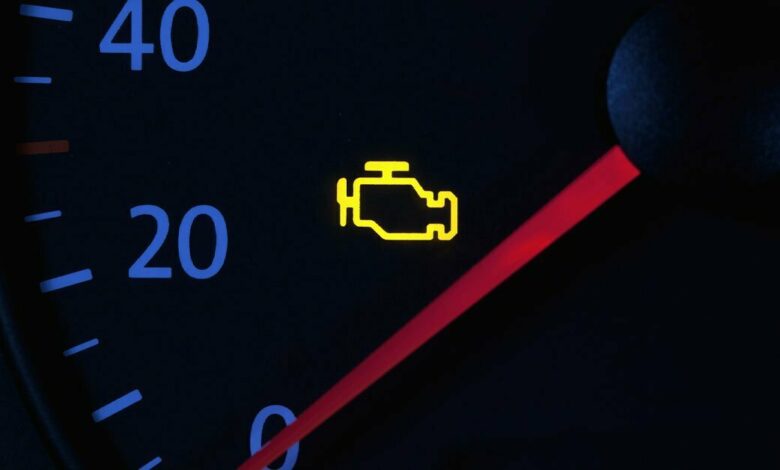Don’t Panic: Tips for Dealing With a Check Engine Light

Experiencing a check engine light can be one of the more perplexing and stress-inducing experiences for car owners. This small, often misunderstood indicator can signal a variety of issues, some of them minor and others more severe. What’s important is knowing how to respond appropriately to ensure the safety and longevity of your vehicle. In this article, we provide practical advice and troubleshoot techniques that will help you handle this scenario with confidence.
Understanding the Check Engine Light: What Does It Mean?
The check engine light, often depicted as an engine-shaped icon on your dashboard, is part of your vehicle’s onboard diagnostics system. When it illuminates, it indicates that the system has detected a malfunction in the engine or emission control system. This light can either be steady, suggesting a non-urgent issue, or flashing, which usually signals a more serious problem that requires immediate attention.
Despite its potentially alarming presence, the check engine light is actually there to help prevent further vehicle damage. It’s a preemptive alert that something is amiss and requires investigation. Not all triggers of the check engine light are catastrophic, but they should never be ignored, as they can lead to more significant issues over time.
For car owners interested in understanding what specific issues may be triggering the light, a simple way to decipher these codes is available. You can check engine light codes without a scanner, using certain methods, which can provide a general idea of the problem before consulting a professional. It’s important to assess the situation promptly because it can easily affect the reliability of your car and it might need to be taken to a repair shop for a new engine.
Stay Calm and Assess the Situation: Initial Steps When Your Check Engine Light Comes On
First and foremost, don’t panic. A check engine light does not usually mean you need to pull over immediately and call a tow truck. Instead, take a moment to gauge whether there are any noticeable performance issues such as loss of power, strange sounds, or the smell of gas which could indicate a more serious problem.
If the light is steady, it’s typically safe to continue driving. However, you should plan to investigate the issue at your earliest convenience. Should the light be flashing, this indicates the need for immediate attention, and you should reduce power and try to reach a safe location before stopping your vehicle.
Common Causes Behind the Check Engine Light Illumination
A diverse range of problems can trigger the check engine light, from simple issues like a loose gas cap to more complex ones like a malfunction in the emissions control system. One common cause is a faulty oxygen sensor, which can reduce fuel efficiency and increase emissions if not addressed promptly.
Another frequent culprit is an old or defective catalytic converter. Designed to reduce exhaust emissions, a failing catalytic converter can lead to a decrease in performance and fuel economy. Regular vehicle maintenance is essential to prevent such common issues that can lead to a lit check engine light.
Issues regarding the ignition system, such as worn-out spark plugs or a faulty ignition coil, can also result in the check engine light appearing. These components are vital for the engine’s proper function and, luckily, are typically straightforward and economical to replace.
When to Seek Professional Help: Finding a Reliable Mechanic for Your Engine Troubles
While some problems can be addressed through DIY methods, many drivers prefer to consult with a professional mechanic for peace of mind. When the cause of the check engine light is not apparent, or the required repairs are beyond your skillset, finding a trustworthy mechanic becomes paramount.
Selecting a qualified mechanic involves researching local auto repair shops, reading reviews, and possibly asking for recommendations from friends or family. It’s important to choose a technician who is experienced with your type of vehicle and is known for honest and transparent service.
During the visit, communicate all observed symptoms and share any diagnostic codes you may have retrieved. A good mechanic should be able to explain the issues clearly and provide an upfront estimate of the repair costs. Don’t hesitate to ask questions about the necessary repairs and how they will improve your vehicle’s condition and safety.
Overall, a check engine light should not be a cause for immediate alarm, but rather a signal for attention and action. By understanding the light’s purpose, staying calm, and being informed about potential causes and resolutions, you can effectively manage the situation. Whether you opt for DIY diagnostics or professional services, the key is to address the issue promptly to maintain the health and longevity of your vehicle.




